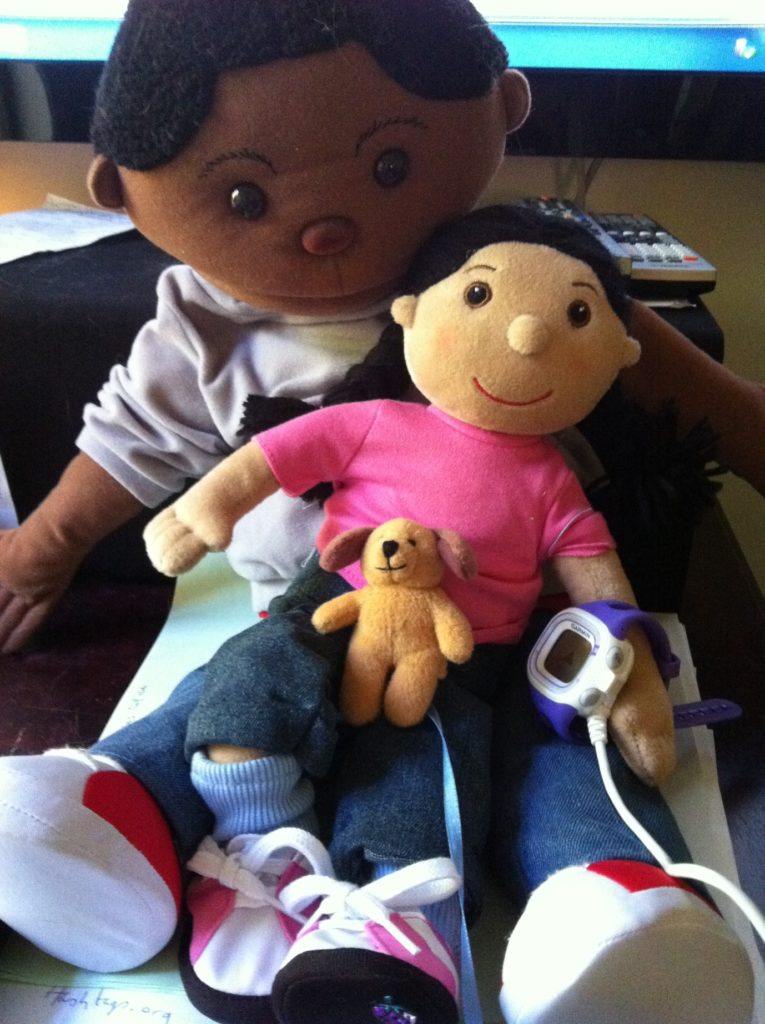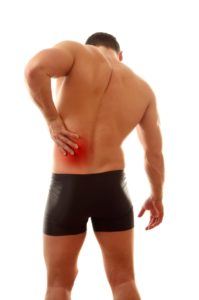Why Do We Hurt and How Do We Change Our Lifestyle to Avoid Pain?

This brings us to the question: why do we have pain?
Many people view pain as a bad thing in itself, but it is nature’s warning system, meant to protect us. When someone brings us bad news, we don’t shoot the messenger, do we? Instead, we listen to what the messenger has to say, and then we go and find the real cause of the problem. It is exactly the same thing when it comes to pain: Mr Pain is only trying to warn us that there is a problem, and it is up to us to take his advice and seek out the true reason behind that pain – where is Mr Pain coming from? And why? This is what we have to find out.
Unfortunately, nature’s warning system can so easily become a nightmare. Lasting pain can be caused by deficiencies and excesses in your mind, body, and diet. The secret to conquering pain is to find out what you have too much or too little of. It’s all about balance, and any disruption in the delicate balance of your body can be a strong contender for the root cause of your painful life.
As we age, we need to put more care into diet, supplementation, exercise, and our workload. It sounds simple, but many of us fail to even acknowledge that we have to change the way we use our bodies as we get older. As we age, naturally occurring enzymes are fewer, inflammation is greater, and the change from fibrinogen to inflexible scar tissue becomes much more extensive. Therefore, long-term solutions for pain need to address our ongoing biochemical changes.
I have two kinds of patients that come to my clinic: those who want a quick fix with no effort on their part or change in their lifestyle, and those who want a more permanent solution and actually want to make an investment in their future health. Long-term solutions can only be met by concentrating on the root cause, not by simply focusing on the symptoms alone.
How much we feel pain is governed by our beliefs and moods, as our joint psychology/biology (physiology) affects every cell in our body. What we don’t know about pain will hurt us, but the body is always attempting to regulate pain impulses and to heal. With improved knowledge, we can work with – rather than against – this process and, in turn, feel less pain.
How Pain Works
So, how does pain work? We have myriad tiny receptors inside us – sensing touch, pressure, temperature, and pain – which pass information to our sensory nerves. These pain impulses travel up the dorsal horn of the spinal cord, and here is where you get your first chance to reduce your pain level – at the pain gate. If the pain gets through the gate, it heads onto the thalamus, which acts like a router and – simply speaking – makes three ‘phone calls’, one to the sensory cortex (which interprets the nature of the pain), one to the mammalian amygdala (which assesses the level of fear, is the emotional centre, and which decides if the body needs to shut down digestion, cell division, circulation etc.), and one to the cortex (which is in charge of the human decision-making process). Hence our minds really do decide, like a panel of judges, how much pain is appropriate for us to experience at any one time. Pain is then translated into how much we hurt. If we return to the gating mechanism, you can close the gate at the pain’s entry point into the brain by doing several things.
While we will explore these concepts in more depth in the individual blogs, they can include: having a massage, getting the right amount and the right type of sleep, undergoing acupuncture, eating nutritious food and making the correct use of supplements, going to reiki and meditation sessions, evaluating your lifestyle, understanding your natural biorhythms, taking part in regular exercise, getting your posture right, using a TENS device, undergoing hypnosis, drinking plenty of water, doing breathing exercises, and making sure you get enough laughter and meaningful, loving relationships into each and every day.
Love has come out in recent research as the number one healthy antidote to suffering.

